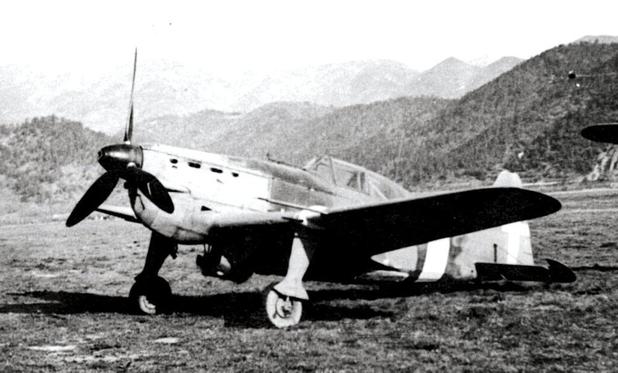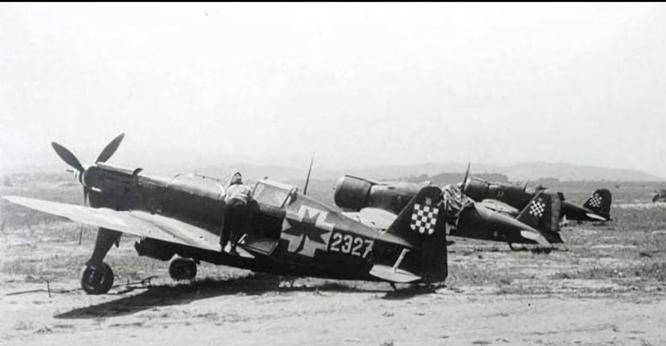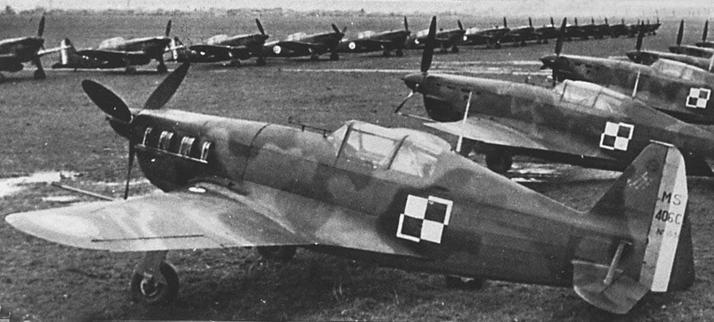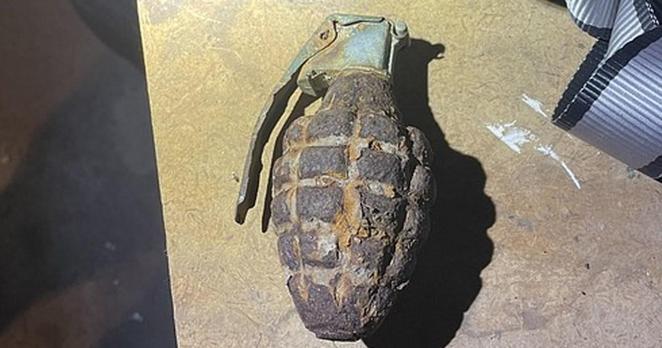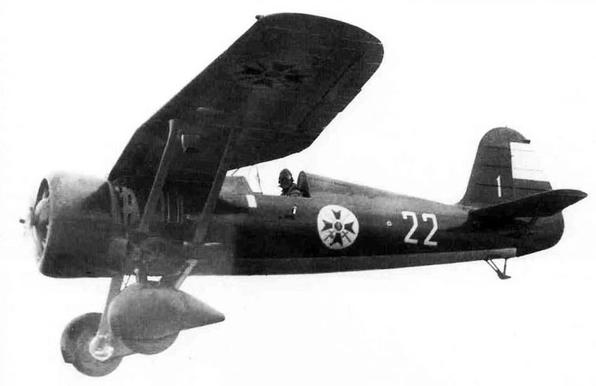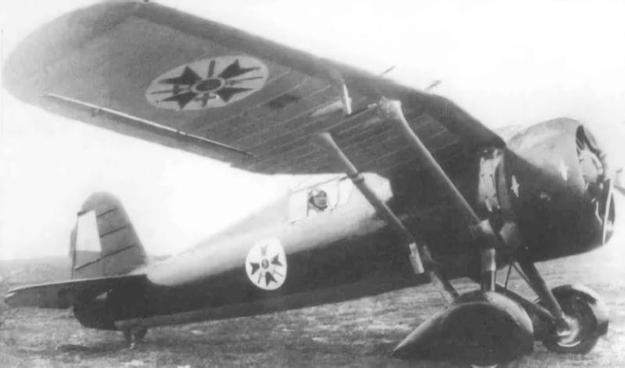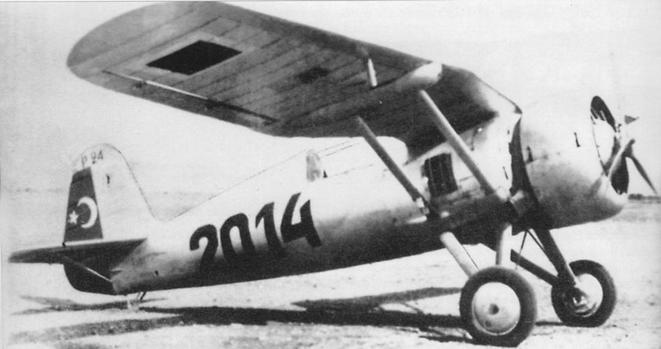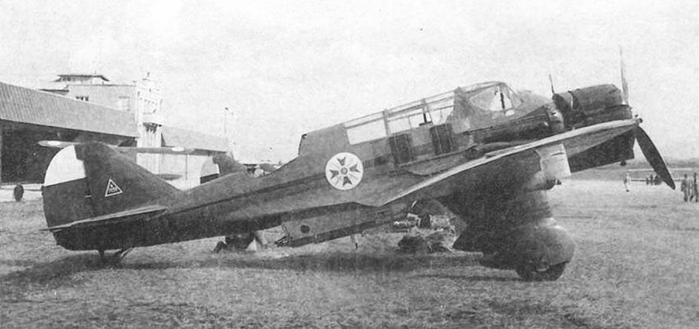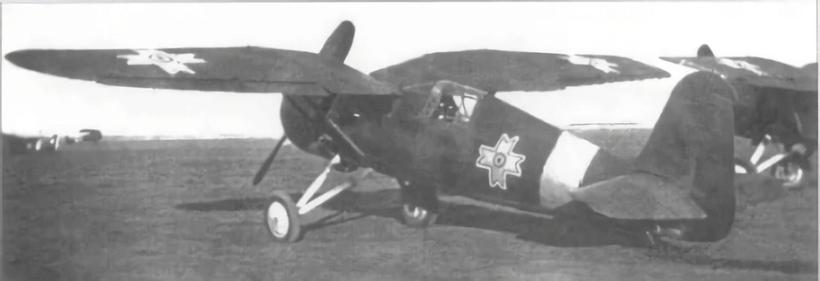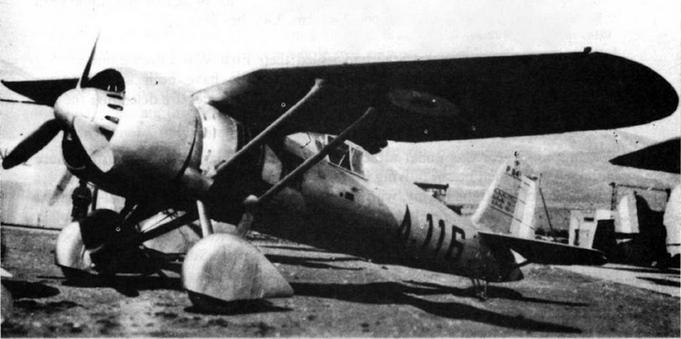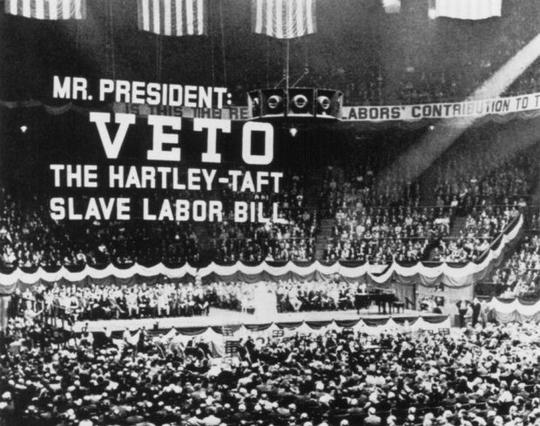Photographs of Morane-Saulnier M.S.406 fighters used by Italy during the Second World War. Primarily for evaluation and training https://www.destinationsjourney.com/historical-military-photographs/morane-saulnier-m-s-406-in-italian-service/ #aeroplane #Aircraft #airplane #aviation #fighter #ItalianAirForce #MoraneSaulnierMS406 #RegiaAeronautica #SecondWorldWar #WorldWarTwo #WW2
#WorldWartwo
The Morane-Saulnier M.S.406 in service with the Independent State of Croatia (Nezavisna Država Hrvatska, or NDH) in World War Two. Between 38 and 45 MS406 fighters were operated from 1943, generally against partisans. #aeroplane #Aircraft #airplane #aviation #CroatianAirForce #fighter #MoraneSaulnierMS406 #SecondWorldWar #WorldWarTwo #WW2 #IndependentStateofCroatia https://www.destinationsjourney.com/historical-military-photographs/morane-saulnier-m-s-406-in-croatian-service/
When Germany invaded Poland in September 1939, many experienced Polish airmen escaped through Romania to France, determined to continue the fight against the Axis powers. Among the aircraft types they flew in combat during the Battle of France, was the Morane-Saulnier M.S.406, France’s principal fighter at the outbreak of World War II. https://www.destinationsjourney.com/historical-military-photographs/morane-saulnier-m-s-406-in-polish-service/ #aeroplane #Aircraft #airplane #aviation #fighter #MoraneSaulnierMS406 #PolishAirForce #SecondWorldWar #WorldWarTwo #WW2
Bristol Beaufighter in Polish Service https://www.destinationsjourney.com/historical-military-photographs/bristol-beaufighter-in-polish-service/ #Aeroplane, #Aircraft, #Airplane, #Aviation, #BristolBeaufighter, #BristolBeaufighter, #FighterPlane, #Fighterplane, #NightFighter, #Nightfighter, #Plane, #RoyalAirForce, #RoyalAirForce, #SecondWorldWar, #WorldWar2, #WorldWartwo
The secret story of the NATO phonetic alphabet
Italian Battleship Vittorio Veneto https://www.destinationsjourney.com/historical-military-photographs/italian-battleship-vittorio-veneto/ #Battleship, #BattleshipVittorioVeneto, #ItalianNavy, #ItalianNavy, #Military, #RegiaMarina, #RegiaMarina, #SecondWorldWar, #SecondWorldWar, #VittorioVeneto, #Warfare, #Warship, #WorldWar2, #WorldWarTwo, #WorldWar2, #WorldWartwo, #WW2, #WWII
That’s what my brother explained when he held my hand
The Magic of Telephone Poles (1944)
Rose Mary Boehm
#Poetry #RoseMaryBoehm #TelephonePoles #WorldWarTwo #Birds #TelephoneWires #Brother
https://ciderpressreview.com/cpr-volume-27-2/the-magic-of-telephone-poles-1944/
Three-year-old boy carries live grenade into his family’s home
Bulgaria purchased 14 PZL P.24B fighters in 1937. A repeat order for 20 PZL P.24C, to be delivered by the end of 1938 was later added. Later it ordered 26 PZL P.24Fs, 22 of which were delivered from Poland in July 1939, just before the outbreak of WW II. The remaining four, lacking propellers, were bombed in the Okęcie factory in September 1939 by the Germans https://www.destinationsjourney.com/historical-military-photographs/pzl-p-24-in-bulgarian-service/ #aeroplane #Aircraft #airplane #aviation #BulgarianAirForce #fighter #PZLP24 #SecondWorldWar #WorldWarTwo #WW2
Turkey was the first and largest customer for the PZL P.24, ordering 14 P.24A and 26 P.24Cs which were delivered by 1937. Turkish aviation company Kayseri Tayyare Fabrikası (KTF) built an additional 20 P.24A/C variants and 20 P.24G fighters. https://www.destinationsjourney.com/historical-military-photographs/pzl-p-24-in-turkish-service/ #aeroplane #Aircraft #airplane #aviation #fighter #PZL #P24 #PZLP24 #SecondWorldWar #TurkishAirForce #WorldWarTwo #WW2
Masterpiece movie that features ‘the most terrifying sequence ever filmed’ now streaming
Mitsubishi G6M1 Heavy Escort Fighter https://www.destinationsjourney.com/historical-military-photographs/mitsubishi-g6m1-heavy-escort-fighter/ #Aeroplane, #Aircraft, #Airplane, #Aviation, #EscortFighter, #Fighter, #HeavyFighter, #ImperialJapaneseNavyAirService, #MitsubishiG6M1, #SecondWorldWar, #WorldWarTwo, #WW2
How did world leaders (particularly the Big Three) travel during #WW2?
(It’s an adventure by Planes, Trains and Automobiles with /u/Bigglesworth_ this #ThrowbackThursday!) #WorldWarTwo #MilHist #Skystorians
How did world leaders (particu...
Romania was one of the earliest customers of the PZL P.24 fighter They served as Romania’s frontline fighter during the late 1930s and were still in service when Romania joined the Axis invasion of the Soviet Union in June 1941. Romanian P.24s provided air defence around Bucharest and the Ploieşti oilfields from attacks by Soviet bombers
https://www.destinationsjourney.com/historical-military-photographs/pzl-p-24-in-romanian-service/
#aeroplane #Aircraft #airplane #aviation #fighter #PZL #P24 #PZLP24 #RomanianAirForce #SecondWorldWar #WorldWarTwo #WW2
Greece purchased 30 PZL P.24F and 6 PZL P.24G fighters between 1938 and 1939. Although a production licence was purchased, only one P.24F was completed. The P.24F was armed with 2 × 20 mm cannons and 2 × 7.92 mm machine guns, while the P.24G carried 4 × 7.92 mm machine guns. https://www.destinationsjourney.com/historical-military-photographs/pzl-p-24-in-greek-service/ #aeroplane #Aircraft #airplane #aviation #fighter #GreekAirForce #PZL #PZLP24 #PZLP24 #SecondWorldWar #WorldWarTwo #WW2
Today in Labor History September 16, 1945: 43,000 oil workers went on strike in 20 states. During WWII, most of the major unions collaborated with the U.S. war effort by enforcing labor “discipline” and preventing strikes. In exchange, the U.S. government supported closed shop policies under which employers at unionized companies agreed to hire only union members. While the closed shop gave unions more power within a particular company, the no-strike policy made that power virtually meaningless. When the war ended, inflation soared and veterans flooded the labor market. As a result, frustrated workers began a series of wildcat strikes. Many grew into national, union-supported strikes. In November 1945, 225,000 UAW members went on strike. In January 1946, 174,000 electric workers struck. That same month, 750,000 steel workers joined them. Then, in April, the coal strike began. 250,000 railroad workers struck in May. In total, 4.3 million workers went on strike. It was the closest the U.S. came to a national General Strike in the 20th century. And in December 1946, Oakland, California did have a General Strike, the last in U.S. history. Overall, it was the largest strike wave in U.S. history. In 1947, Congress responded to the strike wave by enacting the Taft-Hartley Act, restricting the powers and activities of labor unions and banning the General Strike. The act is still in force today and one the main reasons there hasn’t been a General Strike in the U.S. since 1945.
#workingclass #LaborHistory #GeneralStrike #oakland #oilworkers #union #strike #strikewave #worldwartwo #tafthartley #uaw #coal #railroads #inflation #steel #wildcat
